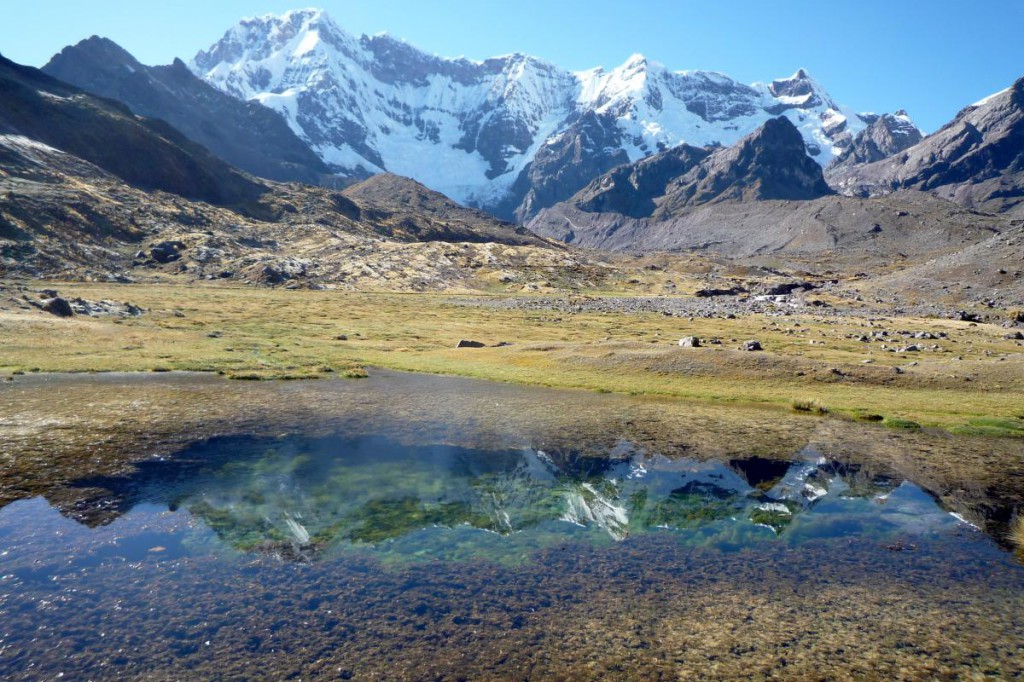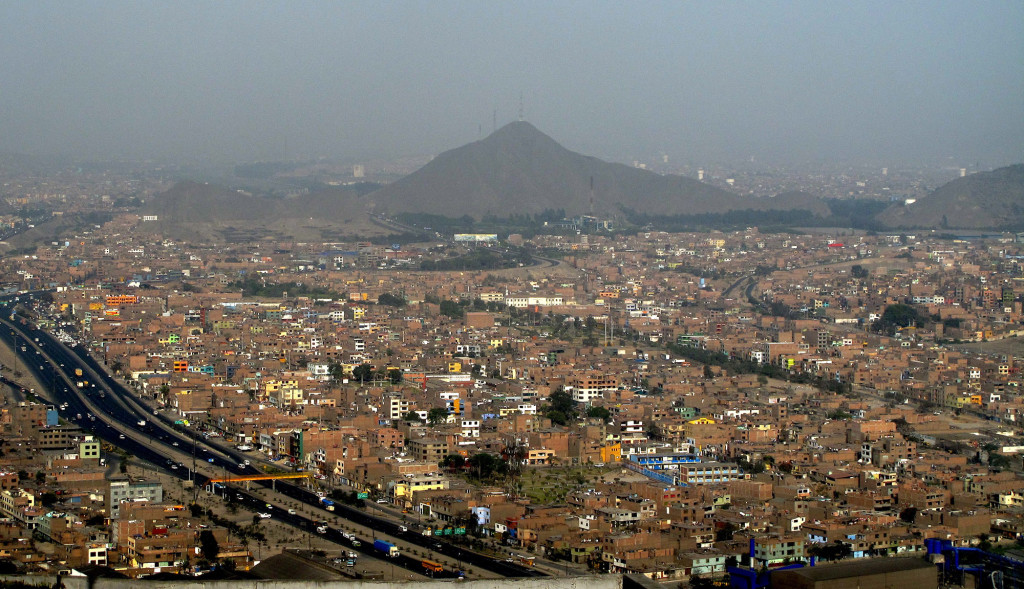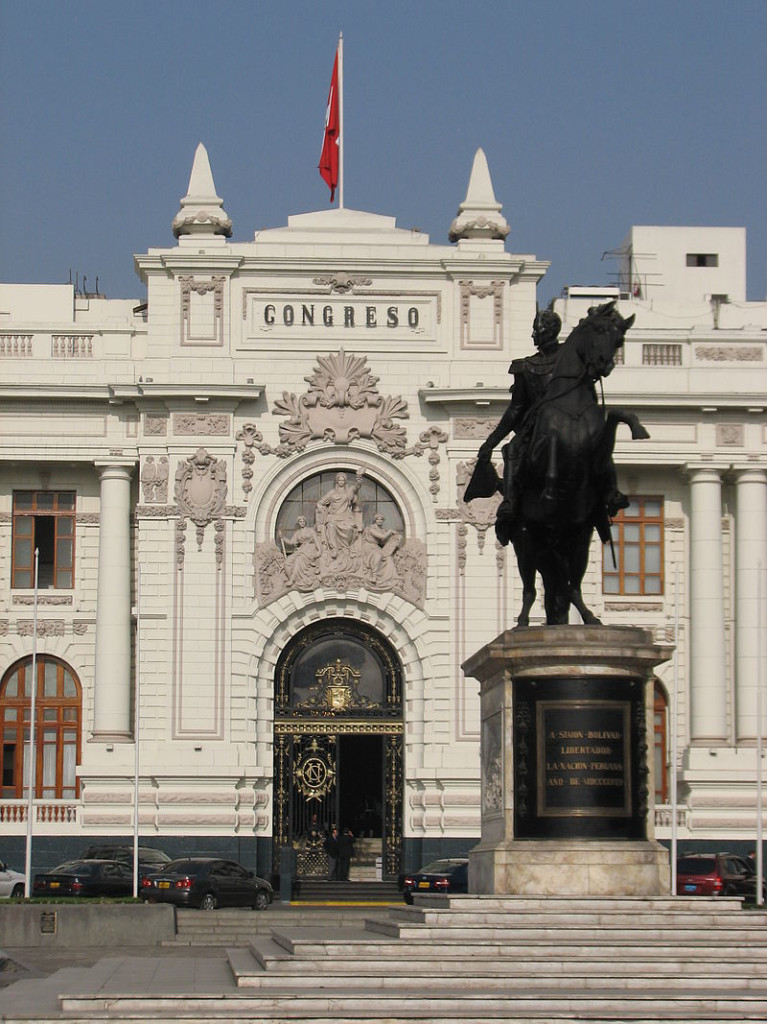After a long period of economic stagnation and political turmoil, Peru shows some stability and economic growth to reassure investors. Lima, the capital, makes profit, at the cost of adaptation efforts and upgrading infrastructures. The port of Callao is booming with Chinese and Dubai capital support, and it is essential in particular to allow the export of minerals that make up much of the natural wealth of Peru.
A Ten million Megacity in the making
But the water problem may be even more critical in the decade that should see the Peruvian capital reach the megacity ten million threshold. A plan for twenty-five years has been developed to cover the needs, which aims to secure Lima’s future water supplies. With rainfall of just 9mm a year, Lima is one of the driest cities in the world – as well as Cairo in Egypt. The water available locally is not enough to sustain a population which is raising by around 2% a year. The megacity draws main of its water from reservoirs up in the Andean mountains. Observers explain that situation is quite unfair: “While water supply to the richest and elegant parts of the city is fine, 1,5 million of Lima‘s inhabitants are not connected to the water supply, and many districts have a limited water supply, some for only a couple of hours a day’’ [1]. The amount of rainfall is moreover expected to decrease in the next decades and steady reduction in the size of the Andean glaciers due to global warming should not improve the situation.
Most of Lima water supply come from the glaciers of the Andean mountains: a fragile resource.
A twenty-five years action plan
Given these concerns, Lima was selected to be part of the Future Megacites programme funded by the Germand ministry of Education and Research, which several others management projects in Addis-Ababa, Johannesburg or Tehran, for example. Lima is the only one project in Latin America, the only one focusing on water and wastewater of this programme. These projects, which associates to the city and port of Callao, brought together German partners, universities and research institutes, the Metropolitan Municipality of Lima and Peruvian institutions, among them the Sedapal, the local water company, and the National University of Engineering. The main phase of the “LiWa’’ (for Lima water management project) got underway in 2008 and the final work has just been taking place last year. It will run until 2040 and consists to develop a method but also to create new management tools. These tools are excepted being made available for use in other locations around the world. In summary, they include agreements to integrate and coordinate city, water and climate risk management, promotion of ecologic infrastructure and water saving equipment and technology use, reduction of water losses in the public network, river banks’ protection, water-sensitive urban design on open spaces of the city, among others measures [2].
This approach allows to integrate the wide ranges of factors and issues such as poverty, water demand, climate change and demographics that will shape the water sector to be considered together. Roundtable workshops with Peruvian partners, a range of stakeholders and NGO’s representatives were used to discuss the aims in a long-term vision and to refine the scenarios as well to evaluate the detailed options to be incorporated in the action plan. “That gave us reassurance that apparently we managed to take on board all the different points of view’’, project leaders values.
The Megacity of Lima will soon have ten million of inhabitants.
How to involve population?
To be more specific, the establishment of the water resources management plan and waste management was accompanied by achievements intended to show the public that savings and good management help to realize equipments directly aimed to them. This can be seen in the form of a children’s eco-park which opens in the city‘s San Martin de Porres district in last August. This eco-park was important to show immediate results and to reaffirm that the local population are keen to become involved. It also helps with a wider promotion of the use of water-sensitive urban design. An oasis in the desert, in a few words. This evolution has allowed to give practical advices, based on the first experiences, to the mayor of the city, and to governmental or regional authorities: which sort of stakeholders is to invite to the process, where are the obstacles in the modelling process, how to apply the scenario-building method, and so on. The second major lesson is to have a lot of patience and to give time to the process, to help ensure that the stakeholders can identify with such a project and become true partners at the benefit of a sustainable development from inhabitants wouldn’t be absent… as usual.
The LiWa project allowed to call up local and national authorities for a better water resources management.
Notes
[1] According Manfred Schütze, coordinator of Lima’s water resources planning project, in Water 21, august 2014, pp. 39-43.
[2] Full details can be found at www.lima-water.de/es/pp8.html and www.future-megacities.org
Head image: The port of Callao is essential for the export of minerals from Peru.


